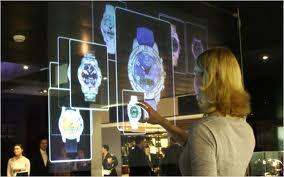Mainstream games are typically designed around the visual experience, with behaviors and interactions highly dependent on vision. Despite this, blind people are playing mainstream games while dealing with and overcoming inaccessible content, often together with friends and audiences. In this work, we analyze over 70 hours of YouTube videos, where blind content-creators play visual-centric games. We point out the various strategies employed by players to overcome barriers that permeate mainstream games. We reflect on ways to enable and improve blind players experience with these games, shedding light on the positive and negative consequences of apparently benign design choices. Our observations underline how game elements are appropriated for accessibility, the incidental consequences of audio design, and the trade-offs between accessibility, agency, and engagement.
翻译:主流游戏通常围绕视觉体验设计,行为和互动高度依赖视觉。 尽管如此,盲人在玩主流游戏的同时,往往与朋友和观众一起处理和克服无法获取的内容。 在这项工作中,我们分析了70多个小时的YouTube视频,盲人内容复制者在那里玩视觉中心游戏。我们指出了玩家为克服主流游戏中的障碍而采用的各种策略。我们思考了让盲人玩家了解和改进这些游戏经验的方法,揭示了显然是善意的设计选择的正面和负面后果。我们的意见强调了游戏要素如何用于无障碍,音频设计附带的后果,以及无障碍、代理和参与之间的权衡。




